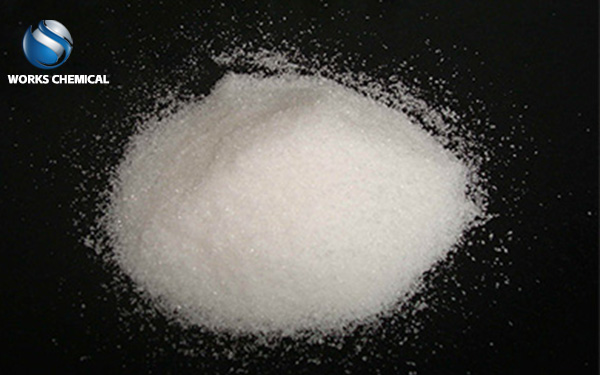
The action principle of sludge conditioner is mainly based on the following aspects:

Change the physical and chemical properties of the sludge: the composition of the sludge conditioner can change the surface structure of the sludge, reduce the surface load and specific surface area of the sludge solid, thus destroying the bacterial structure in the sludge. This change makes it easier to separate solid and liquid sludge and improve the dewatering effect.
Neutralization: sludge conditioner can adjust the charge in the sludge, so that the repulsive force between the particles in the sludge is reduced, thereby increasing the contact chance between the particles of the sludge, which is conducive to the condensation and dehydration of the sludge.
Bridging action: Some polymer sludge conditioner has a long chain structure, which can form a bridge with the particles in the sludge, promote the combination between the sludge particles, and form a larger flocculent, which is conducive to solid-liquid separation.
Flocculation: the sludge conditioner can promote the fine particles in the sludge to aggregate into larger flocculent, increase the sedimentation rate of the sludge particles, and improve the solid-liquid separation efficiency.
In practical applications, the use of sludge conditioner can significantly improve the efficiency and effect of sludge dewatering. By adding the sludge conditioner, the moisture content of the sludge can be reduced from a higher level to a lower level, reducing the volume and weight of the sludge, and facilitating subsequent treatment and disposal. At the same time, the sludge conditioner can also improve the settling performance and filtration performance of the sludge, and reduce the difficulty and cost of sludge treatment.
In short, the sludge conditioner realizes the conditioning and optimization of the sludge by changing the physical and chemical properties of the sludge, regulating the charge, forming the bridge and flocculation.